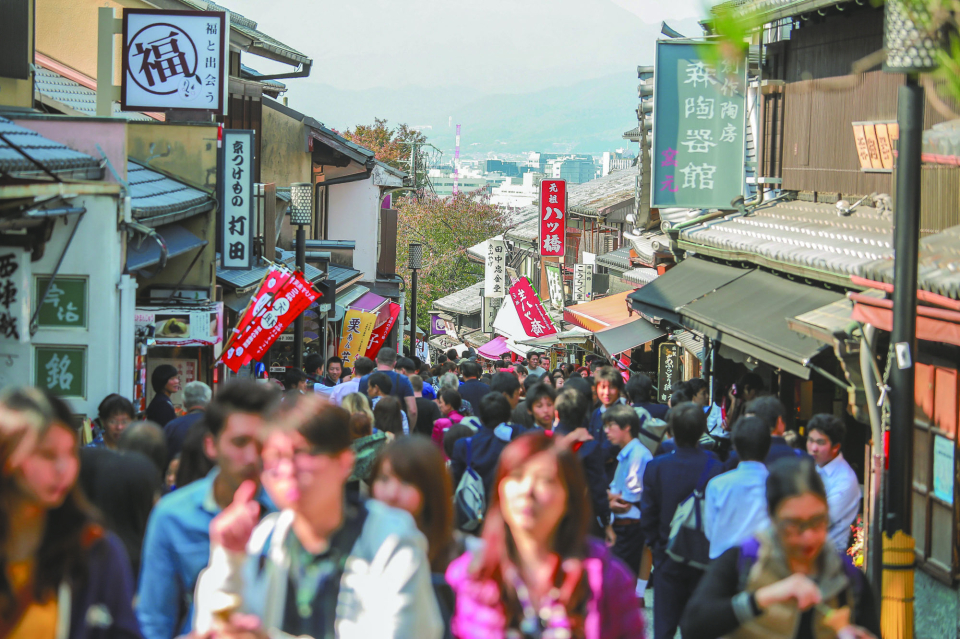
Have you ever experienced inconvenience due to too many tourists when visiting a famous tourist attraction? Recently, the number of places experiencing this phenomenon has been rapidly increasing worldwide. For example, Japan is planning to increase accommodation taxes and travel taxes as the number of tourists has excessively increased. Since the end of the COVID-19 pandemic, the number of overseas travelers has increased unprecedentedly, and “overtourism” is occurring in tourist destinations around the world, where too many tourists stay beyond the capacity of the tourist attraction. An appropriate number of tourists can have a positive effect on the local economy. However, when tourism becomes too much, it not only reduces the satisfaction of tourists’ travel experience but also threatens the daily lives of residents.
Overcrowding from rampant tourism is the most common problem that affects both residents and tourists. Overtourism causes long lines at every tourist attraction, and travelers often cannot visit certain sights without making a reservation in advance. The French startup Murmuration, which tracks tourism’s environmental impact using satellite data, reports that 80% of travelers concentrate on only 10% of global tourist destinations, resulting in heavier crowds in a limited number of places. The World Tourism Organization (UNWTO) projects that global tourist numbers, which hit 1.5 billion in 2019, are expected to climb to 1.8 billion by 2030. This increase is likely to place even more strain on popular destinations and spark greater resistance from residents. Despite capacity limitations, the number of tourists continues to increase without the aid of effective measures.
Another issue caused by overtourism is the wear of historic sites. Many tourist attractions struggle with regular maintenance and repair due to the overwhelming number of visitors daily. For example, the Angkor Wat Temple complex in Cambodia is a famous destination visited by millions of people every year. The ancient stone floors and stairs have been eroded by the constant foot traffic, and religious sculptures have been damaged by tourists touching or climbing on them, according to The Phnom Penh Post.
In addition, excessively large numbers of tourists can disrupt the daily lives of residents. In general, the more tourists there are, the higher the cost of living in the area, which increases the burden on residents’ housing and living expenses. Unfortunately, most residents do not benefit from tourism revenue. As the number of tourists surpasses the number of locals in many popular tourist destinations, residents often feel alienated, and there is a growing tendency for the local community to lose its sense of identity. The water and energy consumed by tourists are a burden on local communities, as tourists generally consume more resources than residents. Small island destinations such as the Caribbean and Greece islands, as well as Hawaii, have all been experiencing severe water shortages recently.
Overtourism is not just a problem overseas. In Korea, there are also areas suffering from overtourism. One example is Gamcheon Cultural Village, a popular tourist spot in Busan. This village is famous for its pastel-colored houses, and it has become a popular photo spot, attracting many tourists. The residents have been facing issues such as noise, litter, and invasion of privacy due to the overwhelming number of visitors. In response, Busan City is installing CCTVs and may designate a special management area. Additionally, the city is creating a sustainable tourism model through resident-led community businesses to ensure tourism revenue is returned to the local community. It is very important to find an appropriate alternative that effectively controls tourism and allows residents and tourists to coexist.


